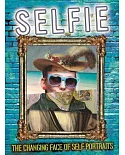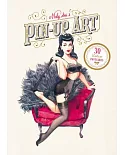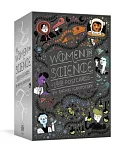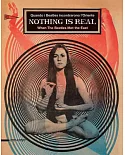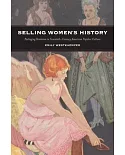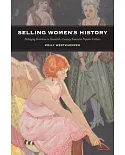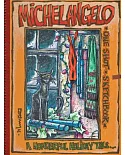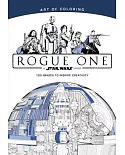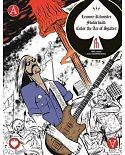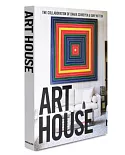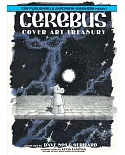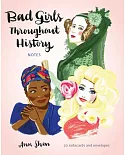This opulent and expansive volume, published in conjunction with the Los Angeles County Museum of Art's monumental exhibition Made in California: Art, Image, and Identity,1900-2000,
charts the dynamic relationship between the arts and popular conceptions of California. Displaying a dazzling array of fine art and material culture, Made in California challenges us to
reexamine the ways in which the state has been portrayed and imagined. Unusually inclusive, visually intriguing, and beautifully produced, this volume is a delight throughout--both in image and
in text--and will appeal to anyone who has lived in, visited, or imagined California.
Drawn from the exhibition, which gathers more than 1,200 artworks and pieces of ephemera from many public and private collections, Made in California is an image-driven look at the past
century, featuring more than 400 works in a range of media, from painting, sculpture, prints, drawings, and photographs to furniture, fashion, and film. The book also includes more than 150
cultural artifacts such as tourist brochures, posters, labor union tracts, personal letters, and government reports that convey the richness and complexity of twentieth-century California.
Arranged provocatively by theme, these objects take us on a visual tour of a state that was promoted as a bountiful paradise early in the century; as a glamour capital by Hollywood in the 1920s
and 1930s; as a suburban utopia in the late '40s and '50s; as a haven for counterculture in the '60s and '70s, and as a multicultural frontier in the '80s and '90s. The book's exploration of
how these themes were reflected and contested in California's visual culture deepens our understanding of the state's artistic traditions as well as its fascinating history.
The volume is divided into five twenty-year sections, each including a narrative essay discussing the history of that era and highlighting topics particularly relevant to its visual culture.
Two overarching themes emerge that have been crucial for how we imagine and understand California: first, the landscape, including both the natural and built environment, and second, the
multifaceted relationships California has had with Latin America and Asia.
Geographer Michael Dear has contributed a sweeping overview of the social history of California that examines the vibrant and sometimes turbulent conditions out of which the culture emerged.
Essayist Richard Rodriguez closes the volume with a uniquely personal meditation on the Golden State. This opulent and expansive volume, published in conjunction with the Los Angeles County
Museum of Art's monumental exhibition Made in California: Art, Image, and Identity,1900-2000, charts the dynamic relationship between the arts and popular conceptions of California.
Displaying a dazzling array of fine art and material culture, Made in California challenges us to reexamine the ways in which the state has been portrayed and imagined. Unusually
inclusive, visually intriguing, and beautifully produced, this volume is a delight throughout--both in image and in text--and will appeal to anyone who has lived in, visited, or imagined
California.
Drawn from the exhibition, which gathers more than 1,200 artworks and pieces of ephemera from many public and private collections, Made in California is an image-driven look at the past
century, featuring more than 400 works in a range of media, from painting, sculpture, prints, drawings, and photographs to furniture, fashion, and film. The book also includes more than 150
cultural artifacts such as tourist brochures, posters, labor union tracts, personal letters, and government reports that convey the richness and complexity of twentieth-century California.
Arranged provocatively by theme, these objects take us on a visual tour of a state that was promoted as a bountiful paradise early in the century; as a glamour capital by Hollywood in the 1920s
and 1930s; as a suburban utopia in the late '40s and '50s; as a haven for counterculture in the '60s and '70s, and as a multicultural frontier in the '80s and '90s. The book's exploration of
how these themes were reflected and contested in California's visual culture deepens our understanding of the state's artistic traditions as well as its fascinating history.
The volume is divided into five twenty-year sections, each including a narrative essay discussing the history of that era and highlighting topics particularly relevant to its visual culture.
Two overarching themes emerge that have been crucial for how we imagine and understand California: first, the landscape, including both the natural and built environment, and second, the
multifaceted relationships California has had with Latin America and Asia.
Geographer Michael Dear has contributed a sweeping overview of the social history of California that examines the vibrant and sometimes turbulent conditions out of which the culture emerged.
Essayist Richard Rodriguez closes the volume with a uniquely personal meditation on the Golden State.


